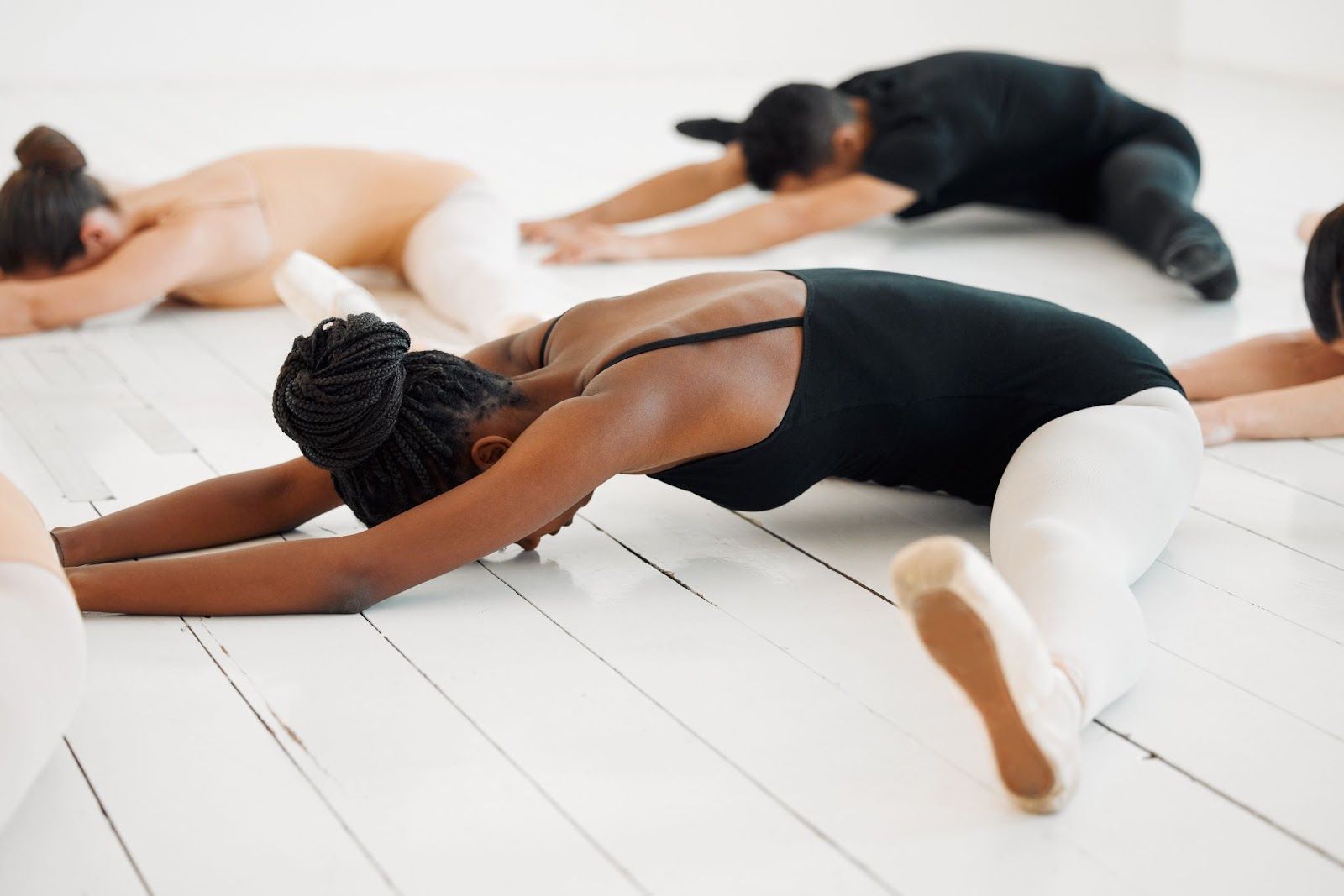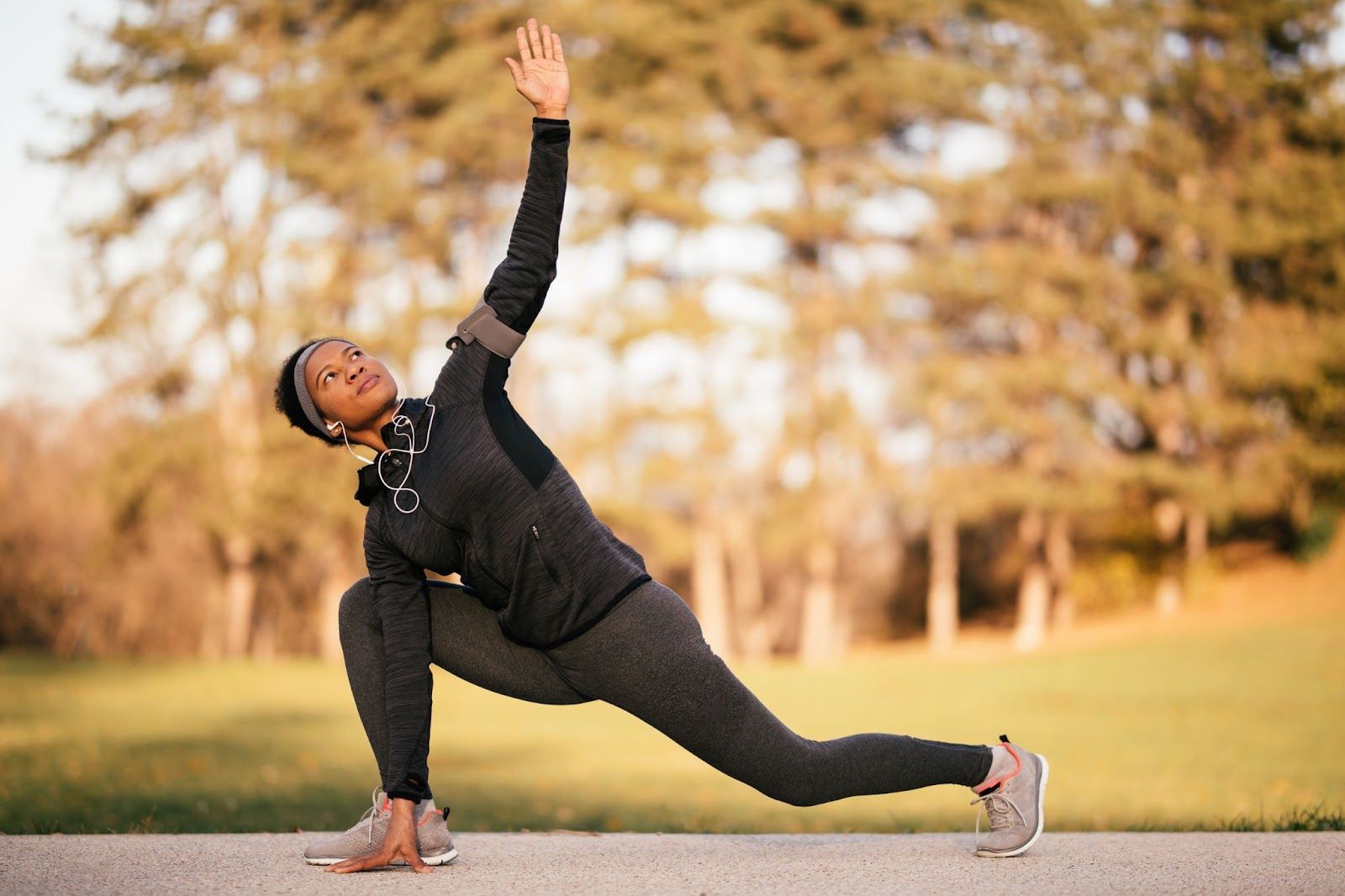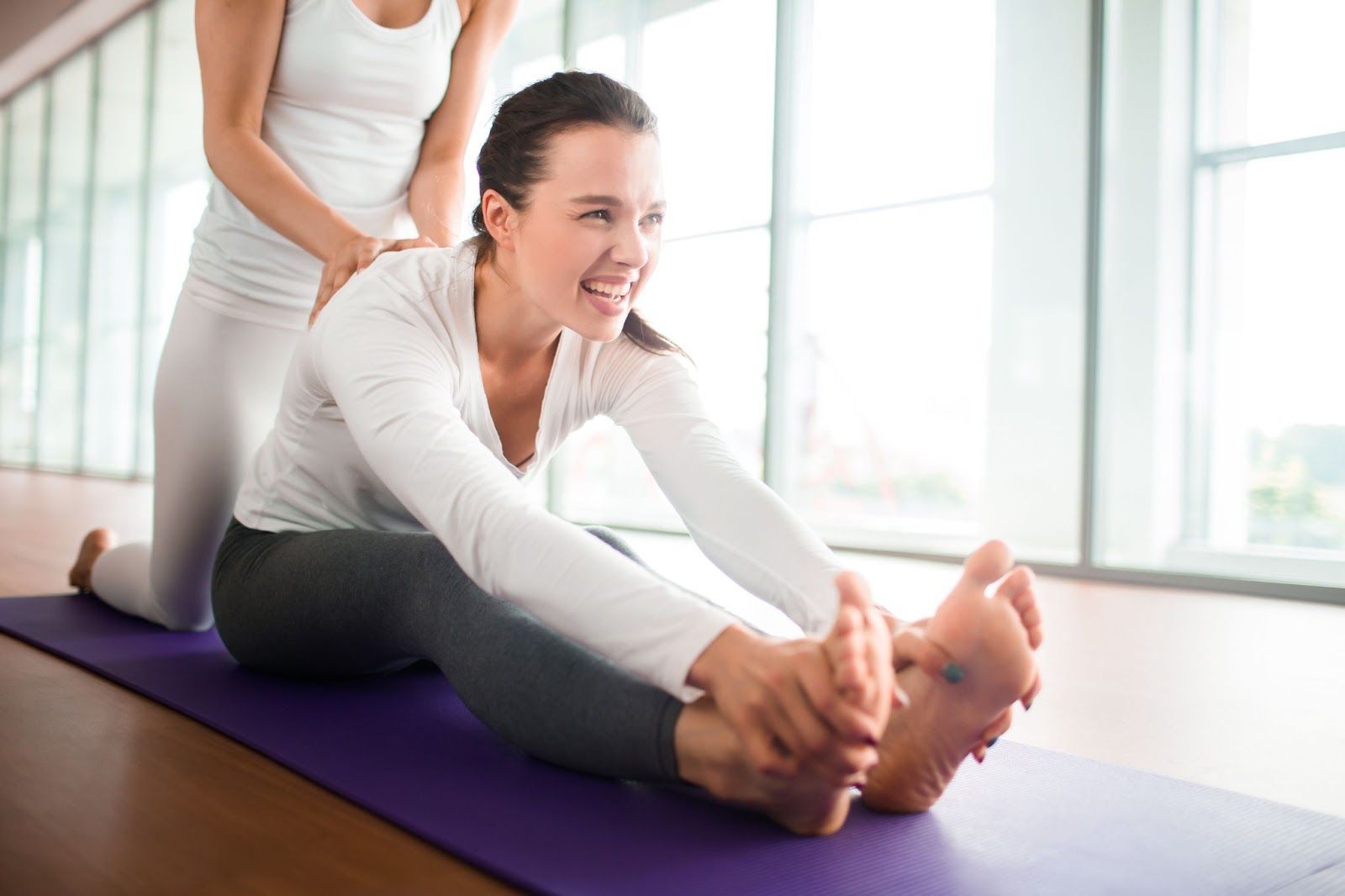The Essential Guide to Stretching: Types, Benefits, and Techniques
Stretching is vital in maintaining optimal physical function and preventing injury, making it an essential practice for individuals of all ages and fitness levels. By understanding the different types of stretching, such as static, dynamic, and proprioceptive neuromuscular facilitation (PNF), and their respective benefits, you can tailor your stretching routine to suit your specific needs and goals.
Mastering proper stretching techniques, including holding stretches for an appropriate duration and avoiding bouncing movements, ensures you reap the maximum benefits while minimizing the risk of injury. Whether you're a seasoned athlete looking to enhance performance or simply aiming to improve flexibility and mobility for everyday activities, this comprehensive guide provides valuable insights into the importance of stretching. It offers practical tips on incorporating it into your daily life for a healthier, more active lifestyle.
Types of Stretching
Stretching is crucial to any fitness routine, promoting flexibility, mobility, and injury prevention. Various types of stretching techniques target different muscle groups and serve specific purposes in enhancing overall physical performance and well-being.
Static Stretching
This stretching involves holding a stretch position for a specific period, typically 15 to 60 seconds. It helps improve flexibility by elongating muscles and increasing their range of motion.
Dynamic Stretching
Dynamic stretches involve controlled movements through a full range of motion, often mimicking movements performed during physical activities or sports. These stretches help warm up the muscles and prepare them for activity.
PNF Stretching (Proprioceptive Neuromuscular Facilitation)
PNF stretching techniques involve stretching and contracting muscles to enhance flexibility. They are often performed with a partner or using resistance to achieve deeper stretches.
Ballistic Stretching
Ballistic stretching uses bouncing or rapid movements to stretch muscles beyond their normal range of motion. While it may increase flexibility, ballistic stretching carries a higher risk of injury and is not recommended for everyone.
Benefits of Stretching
Integrating stretching into your daily routine is not just about enhancing physical flexibility; it's a holistic approach to improving overall well-being. Stretching offers a wide range of benefits for both physical and mental health.
Improved Flexibility: Regular stretching increases muscle flexibility, allowing for a more excellent range of motion in joints and muscles.
Reduced Muscle Tension: Stretching helps alleviate muscle tightness and tension, promoting relaxation and reducing the risk of injury.
Enhanced Athletic Performance: Stretching before exercise can improve muscle function and performance, leading to better athletic outcomes.
Better Posture: Stretching exercises target muscles that support proper posture, helping to prevent or alleviate issues such as back pain and postural imbalances.
Stress Relief: Stretching promotes relaxation and reduces stress by releasing muscle tension and calming the mind.

Stretching Techniques
Warm-Up
Before diving into static or dynamic stretching routines, kickstart your body with light cardio exercises like walking or jogging. These activities boost blood circulation, priming your muscles for the upcoming stretches and reducing the risk of injury.
Focus on Major Muscle Groups
Direct your stretching efforts toward major muscle groups such as the hamstrings, quadriceps, calves, chest, back, and shoulders. By targeting these areas, you ensure comprehensive flexibility and minimize the chances of muscle imbalances or strain.
Hold Stretches
During static stretches, maintain each position for 15 to 60 seconds, allowing your muscles to elongate and relax gradually. Emphasize deep breathing to enhance relaxation and optimize the effectiveness of each stretch.
Best Practices for Safe and Effective Stretching
It's essential to follow best practices for safe and effective stretching techniques to optimize the benefits of stretching while minimizing the risk of injury. These guidelines ensure optimal results without overexertion or strain, promoting flexibility, mobility, and overall well-being.
Listen to Your Body
Tune in to your body's signals during stretching sessions and respect your limits. Avoid pushing yourself to discomfort or pain, which may lead to injury. Stretching should feel soothing and rejuvenating, not painful.
Gradual Progression
As you become more proficient in stretching, gradually increase the intensity and duration of your stretches over time. This progressive approach helps to steadily improve flexibility while minimizing the risk of overexertion or strain.
Post-Workout Stretching
Incorporate stretching into your post-workout routine to help alleviate muscle soreness and promote recovery. Stretching after exercise reduces muscle tension and enhances flexibility, setting the stage for a smoother recuperation process.
Unlocking the Benefits of Stretching
Stretching goes beyond enhancing flexibility; it serves as a pathway to better physical and mental health. By alleviating muscle tension and improving mobility, it benefits people of all ages and activity levels. Regular stretching routines boost circulation, reduce stiffness, and induce relaxation, thereby lowering stress and anxiety. Integrating stretching into daily routines enhances athletic performance by improving muscle coordination and range of motion, reducing the risk of injury.
Moreover, stretching fosters mindfulness and self-awareness, prompting individuals to attune to their bodies and physical sensations. This mindful approach cultivates a deeper connection with the body, promoting presence and well-being. Ultimately, by embracing the advantages of stretching, individuals can enjoy not only physical gains but also mental and emotional wellness, leading to a more gratifying lifestyle.

Dynamic and Static Stretching Techniques
Dynamic stretching involves fluid movements through a full range of motion, priming muscles for activity and enhancing athletic prowess. It's especially advantageous before physical exertion, boosting blood flow, warming muscles, and refining coordination and agility. Techniques like leg swings, arm circles, and walking lunges are common in dynamic stretching routines.
In contrast, static stretching entails holding positions to enhance flexibility and alleviate muscle tension, making it ideal for relaxation and recovery. Post-activity or cooldown routines often include static stretches like hamstring, quad, and shoulder stretches to reduce soreness and enhance joint mobility. By blending dynamic and static stretching into your fitness regimen, you can optimize stretching benefits, bolstering overall physical well-being and performance.
Incorporating Stretching into Your Daily Routine
Integrating stretching into your daily regimen offers many benefits, including improved blood circulation, reduced risk of injury, and enhanced mental relaxation. Stretching in the morning can help invigorate your day by increasing blood flow to your muscles and preparing your body for the day ahead.
Additionally, stretching into your post-workout routine aids muscle recovery reduces muscle soreness, and promotes flexibility gains. Consistency is crucial in reaping the rewards regardless of when you choose to stretch. Make it a habit by setting aside dedicated time each day, and gradually increase the duration and intensity of your stretches as your flexibility improves. Whether stretching improves athletic performance or promotes overall well-being, incorporating stretching into your daily routine can lead to a healthier, more active lifestyle.
The Power of Consistency
Consistency forms the bedrock of an effective stretching regimen, gradually enhancing flexibility, mobility, and overall physical well-being. Regular stretching fosters better posture, reduces injury risks, and enhances muscle tone and coordination, making daily movements smoother and more effortless. Moreover, it extends its benefits to mental well-being, providing dedicated relaxation and stress relief time while fostering mindfulness. Establishing a routine with achievable goals and incremental progress helps maintain consistency, whether integrating stretching into pre- or post-exercise rituals or incorporating it into daily breaks. Prioritizing physical and mental health through consistent stretching, even in brief intervals, can yield significant improvements in mood and movement, fostering lasting health and vitality.
Embark on Your Stretching Journey Today
Embark on your stretching journey now to reap its transformative benefits, whether for athletic performance or stress relief. Set achievable goals and integrate stretching into your daily routine, gradually increasing intensity and duration. Celebrate your progress and savor the relaxation and mindfulness it brings, whether aiming for fitness milestones or daily unwind sessions. Begin today to experience the positive impact on both body and mind, taking the first step toward a healthier, happier you. Join in now and unlock the journey's potential together.
Check out our
StretchX blog to learn more about the best stretching options for your body!




